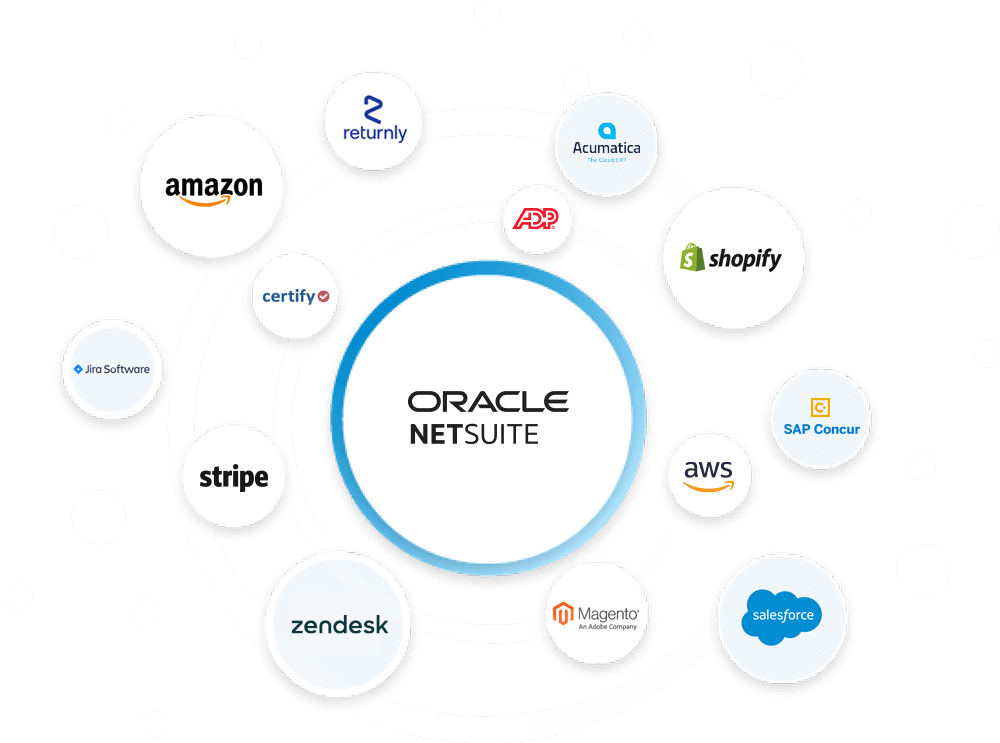In the ever-evolving world of e-commerce, efficiency is key. As businesses strive to meet growing customer expectations and manage increasingly complex operations, optimizing integrations becomes crucial. Today’s tip focuses on a simple yet effective strategy to enhance the performance of your integrations: using multiple connections to a single endpoint.
One common challenge in e-commerce integration is ensuring that your system connections are both efficient and reliable. Often, a single connection is used across multiple flows, which can lead to bottlenecks and performance issues, particularly in high-demand scenarios such as syncing data with Amazon or NetSuite.
We understand how frustrating it can be when your integrations slow down due to a single, overloaded connection. This not only hampers your operations but also impacts your ability to deliver the fast, seamless experience that your customers expect.
Failing to optimize your integration connections can result in slower data processing, increased downtime, and ultimately, a poor customer experience. For businesses dealing with high volumes of transactions, such inefficiencies can lead to significant revenue losses and damage to your brand reputation.
The solution is to establish multiple connections to the same endpoint. This approach allows you to distribute the load more evenly across your integrations, enhancing performance without increasing your endpoint count. For instance, in NetSuite, this method still adheres to the concurrency limits of the account but ensures better flow management.
Here’s a practical example from our experience: Initially, we used a single connection for various Amazon-related flows. The system often struggled to handle the load efficiently. By creating separate connections for each flow, we noticed a significant improvement in performance and reliability.
Implementing multiple connections can lead to:
– Improved Efficiency: By spreading the load, you ensure that no single connection becomes a bottleneck, resulting in faster data processing and fewer delays.
– Enhanced Reliability: Multiple connections reduce the risk of failures, providing a more stable integration environment.
– Better Customer Experience: Faster and more reliable integrations mean that your customers receive timely updates and services, enhancing their overall experience with your brand.
Are you ready to take your e-commerce integrations to the next level? Consider evaluating your current integration setup and exploring the potential benefits of using multiple connections to your endpoints. How could this strategy improve your operational efficiency and customer satisfaction?
By continually refining your integration processes, you can stay ahead in the competitive e-commerce landscape and deliver exceptional value to your customers.



